December 1, 2025 | 11:50 GMT +7
December 1, 2025 | 11:50 GMT +7
Hotline: 0913.378.918
December 1, 2025 | 11:50 GMT +7
Hotline: 0913.378.918
Kiep Bac Temple, Thanh Mai Pagoda, Nham Duong Pagoda, Kinh Chu Cave, and Con Son Pagoda are among the specific sites. These locations not only preserve thousands of years of memory but also provide vivid evidence of a distinctive cultural tradition with global significance. This led to an irrefutable nomination that completely satisfied two of the core UNESCO criteria: (iii) and (vi).
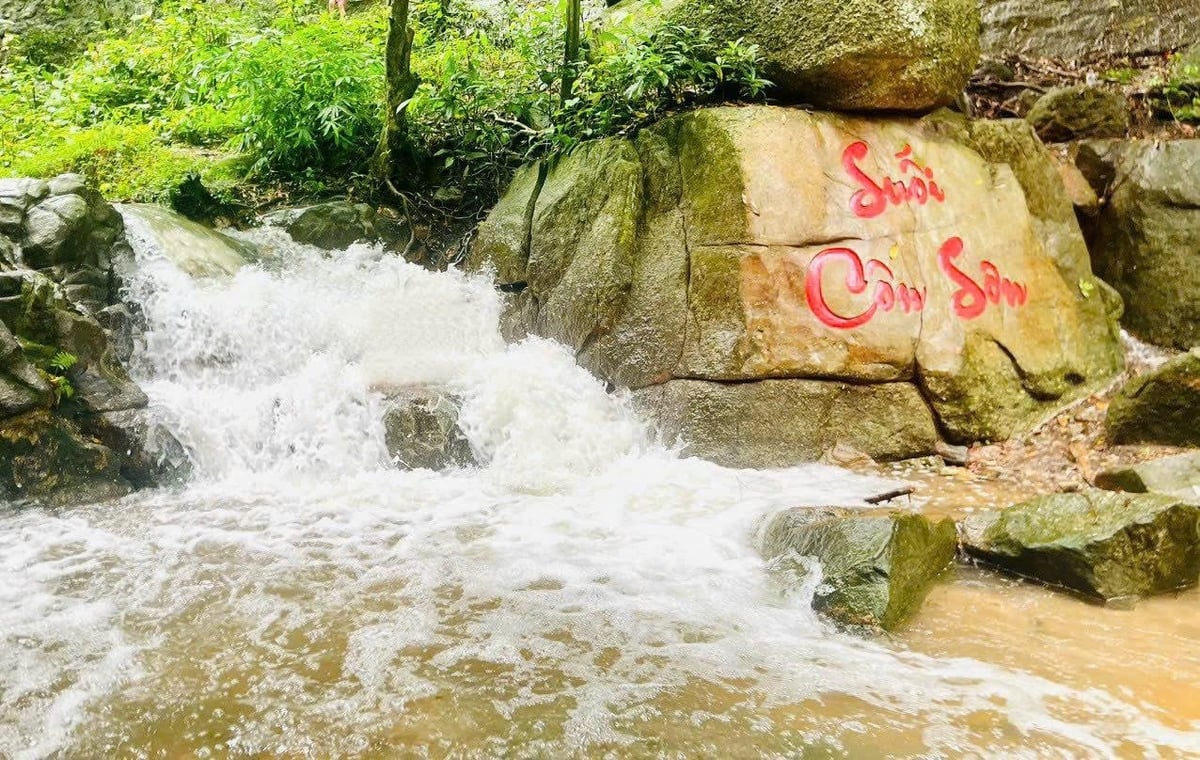
Con Son Stream, a place that has entered Vietnamese poetry with many famous works, and has been included in textbooks for teaching. Photo: Courtersy of Hai Phong Department of Culture, Sports and Tourism.
Initially, the Con Son - Kiep Bac complex, despite its two distinct locations, is intricately connected to the most significant figures of the Tran Dynasty. The Con Son Pagoda, also referred to as "Con Son Thien Tu Phuc Tu," is not merely an ancient pagoda; it served as a hub for the education and Buddhist propagation of the Truc Lam Zen sect. The site was the site of the practice and instruction of all three Truc Lam Patriarchs: Tran Nhan Tong, Phap Loa, and Huyen Quang. Con Son became a magnificent scenic landmark as the final resting place of the Third Patriarch Huyen Quang and as a result of the restoration efforts of the Second Patriarch Phap Loa in 1329.
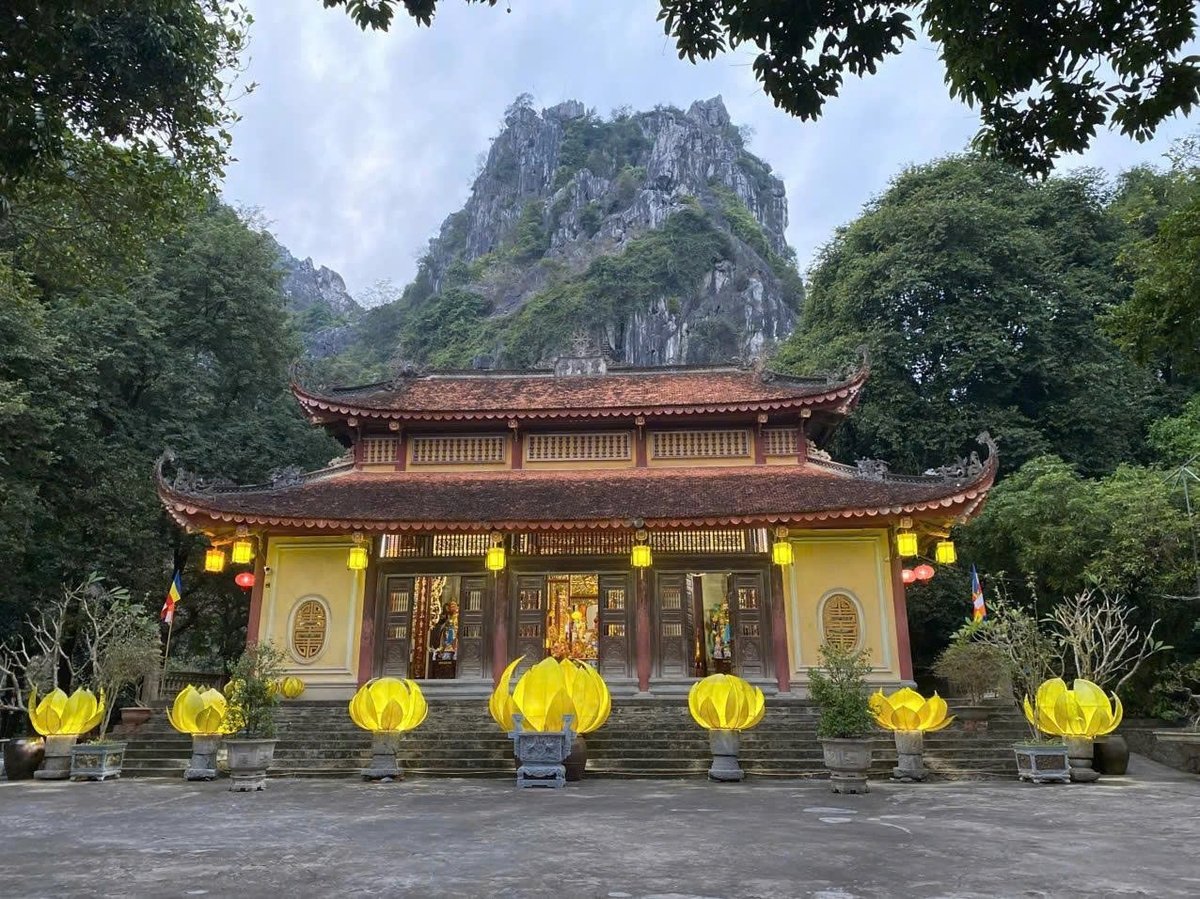
Nham Duong Pagoda - a place of outstanding archaeological value in Thanh Hoa Cave. Photo: Courtersy of Hai Phong Department of Culture, Sports and Tourism.
The value of Con Son is not only rooted in the glorious history of the Tran Dynasty, but also in each of the bricks and stones. Venerable Huyen Quang's foundation of the Cuu Pham Lien Hoa has been the subject of archaeological excavations, which have uncovered layers of antiquities from the Tran to Nguyen Dynasties. National treasures such as the "Thanh Hu Dong" stele, which bears the calligraphy of King Tran Nghe Tong, the "Con Son Tu Phuc Tu Bi" stele, and the 17th-century Tam The Phat (Three Buddhas) statues are "stone and wood chronicles" that recount the pagoda's centuries-old history. The Con Son Spring Festival annually re-creates a profound spiritual atmosphere, a national intangible heritage, showing the tradition's strong vitality.
Although Con Son was an ideal spot for monastic practice, Kiep Bac Temple is characterized by the heroic echoes of a magnificent military headquarters. This was the manor and military command center of Hung Dao Dai Vuong Tran Quoc Tuan, situated at the point of convergence of the Luc Dau Giang River. From this sacred land, immortal literary works like the Exhortations of the Military Generals were born, inspiring patriotism among the people and contributing to glorious victories against the Mongol-Yuan invaders.
After he was deified, a temple was constructed on the former manor grounds, becoming one of the most sacred centers for worshipping Duc Thanh Tran (Saint Tran) in the country. Kiep Bac Temple's architecture is a harmonious merging of Taoism, Buddhism, and indigenous beliefs, rigorously adhering to feng shui principles. The 8th lunar month festival, with its spiritual performances and especially the military parade on the Luc Dau River, recreates the heroic atmosphere of the "Dien Hong Conference" of yesteryear, a symbol of unity between royalty, officials, and the people.
Con Son and Kiep Bac, one a religious center, the other a military headquarters, together vividly illustrate UNESCO criterion (iii): the strategic alliance between the State (Tran Royal Family), religion (Truc Lam Buddhism), and the people, creating a unique cultural tradition that shaped the national identity.
Next, Thanh Mai Pagoda, situated on Mount Phat Tich, is an important witness to the life and work of the Second Patriarch Phap Loa. This was not only where he expanded and presided over the pagoda but also where the most valuable "stone chronicle" of the Truc Lam Zen sect is preserved: the "Thanh Mai Vien Thong Thap Bi" stele. This stele, edited by the Third Patriarch Huyen Quang in 1362, documents nearly the entire history of the sect's formation and development, making it an invaluable national treasure. Along with a system of eight ancient stone stupas, Thanh Mai Pagoda functions as an original archive, demonstrating the systematic and methodical development of a purely Vietnamese Zen lineage.
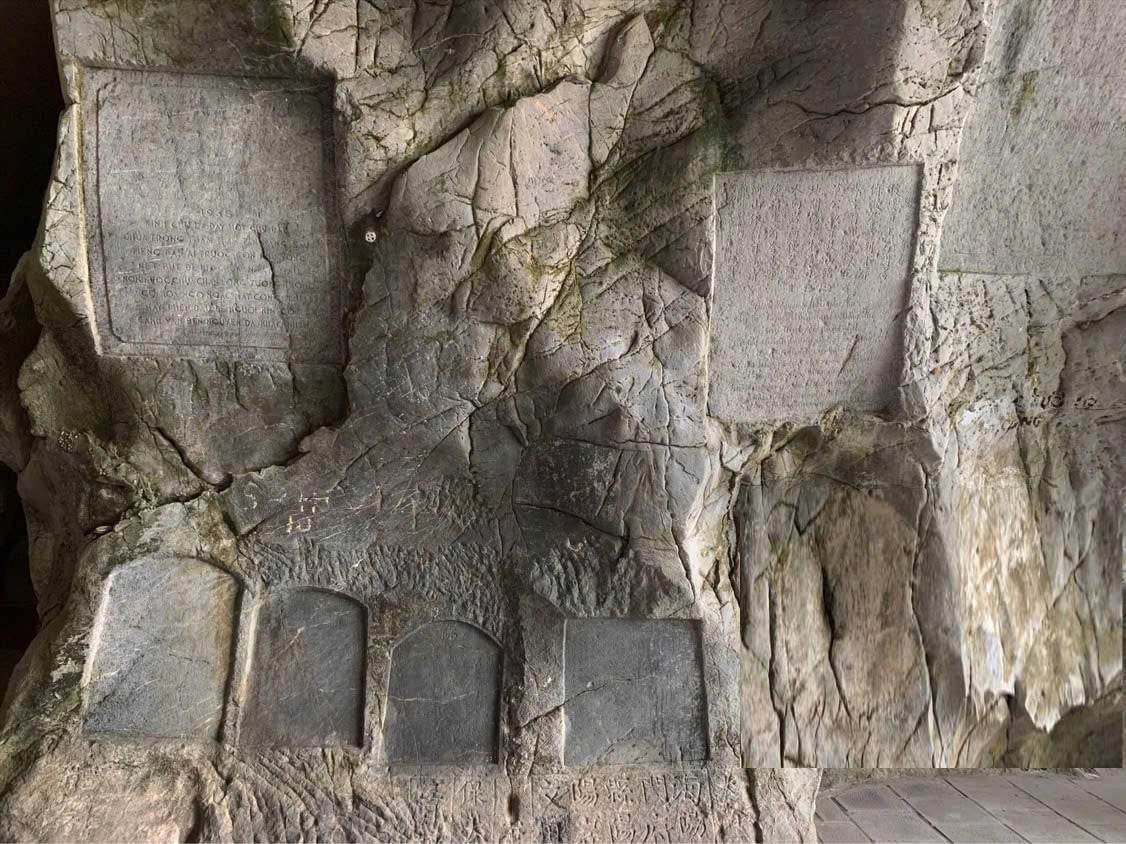
More than 50 steles of chewing ghosts were carved directly on the cliffs of famous people through many periods at Kinh Chu Cave. Photo: Courtersy of Hai Phong Department of Culture, Sports and Tourism.
Nham Duong Pagoda, founded during the Tran Dynasty, retains its most significant value deep within the earth in Thanh Hoa Cave. Archaeologists have discovered a cultural layer up to 4 meters thick, containing fossilized remains of ancient mammals, particularly the orangutan (Pongo) dating back 30,000 to 50,000 years. Alongside these are numerous antiquities from the Dong Son period all the way to the Nguyen Dynasty, indicating continuous human habitation for tens of thousands of years. This was an essential trading and living hub, providing a strong foundation for later cultural development.
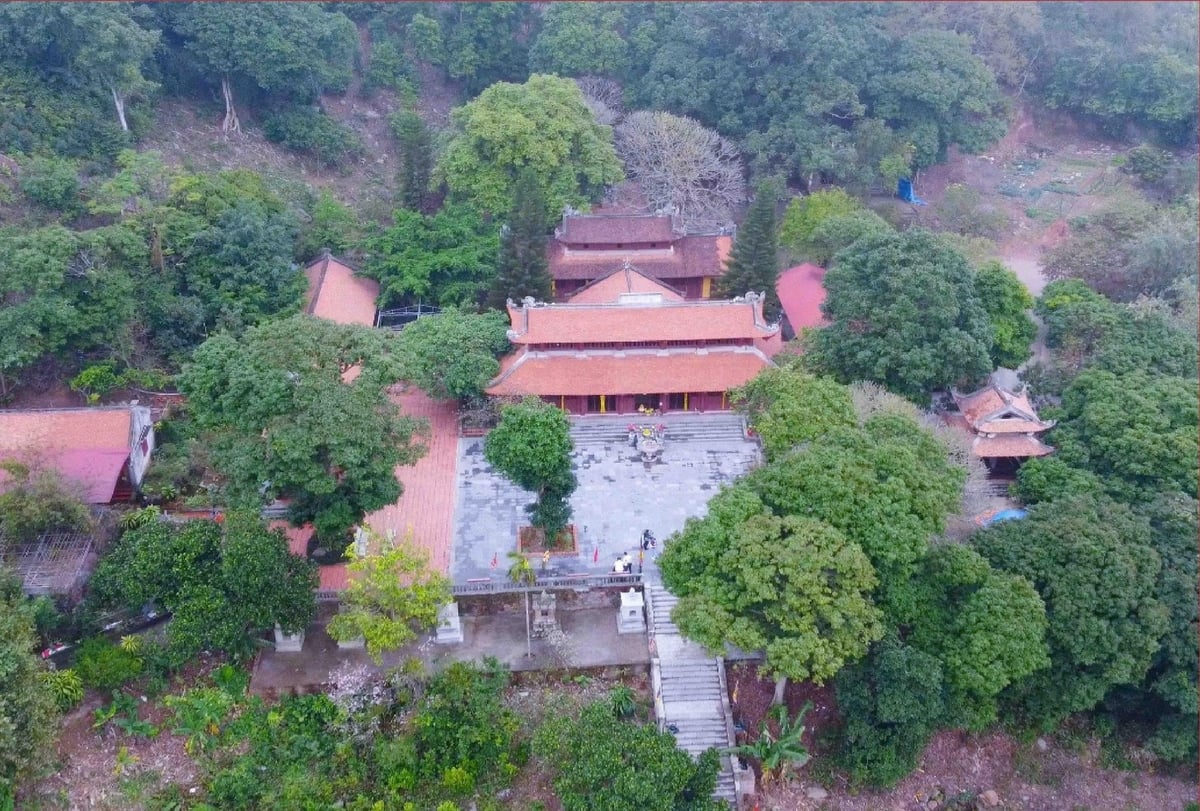
Thanh Mai Pagoda - an important witness to the career of the Second Patriarch Phap Loa. Photo: Courtersy of Hai Phong Department of Culture, Sports and Tourism.
Finally, Kinh Chu Cave, dubbed "Nam Thien De Luc Dong" (the sixth most attractive cave in Southern Heaven), resembles a massive library carved into the rock face. More than 50 "ma nhai" steles (inscriptions carved directly onto the cliff) by renowned figures from various periods have transformed this place into a unique literary and calligraphic museum. Notably, the stele with the poem by scholar Pham Su Manh and the four characters "Van Thach Thu That" from the 14th century conjures the atmosphere of preparation for the historic Bach Dang battle in 1288. This functions as evidence of the connection between culture, military, and national spirit.
Collectively, these five sites in Haiphong weave a compelling narrative that satisfies UNESCO criterion (vi), demonstrating how Truc Lam Buddhism, originating from the sacred Yen Tu mountain range, profoundly spread and influenced society, strengthening national power, fostering peace, and promoting cooperation.
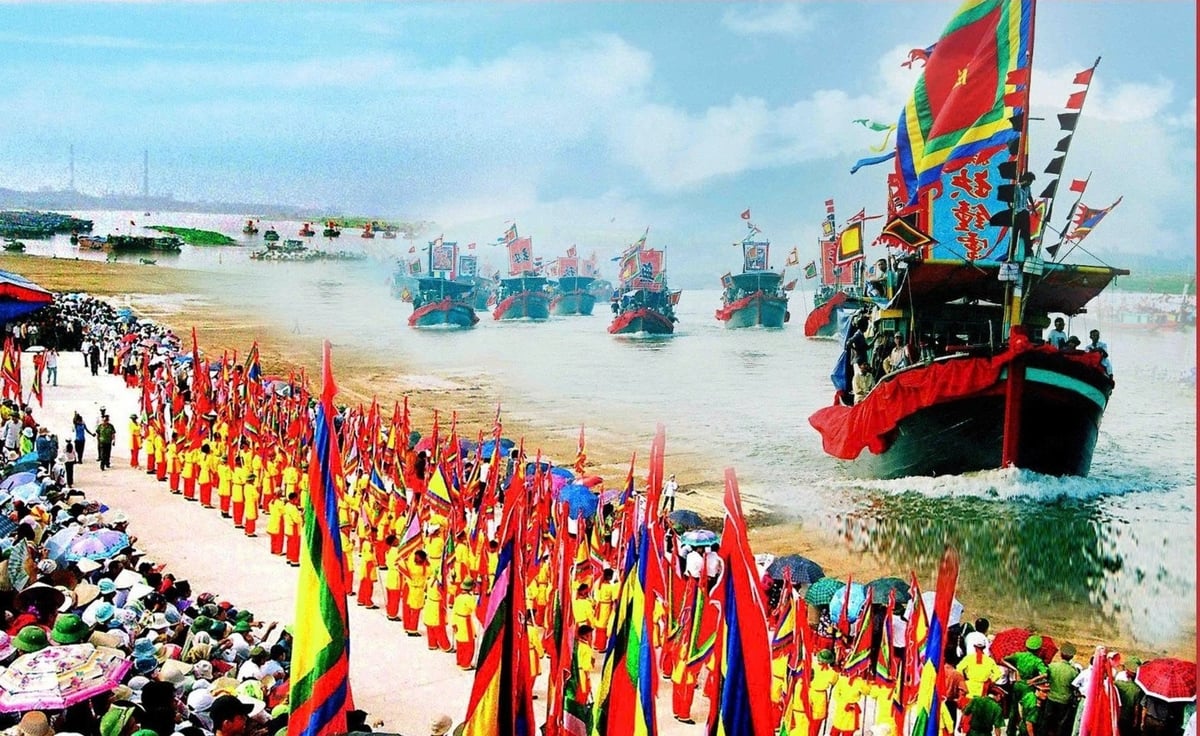
Military festival on Luc Dau River - Kiep Bac Autumn Festival. Photo: Courtersy of Hai Phong Department of Culture, Sports and Tourism.
UNESCO's recognition is a global acknowledgment of a heritage with outstanding universal value, but it also carries a great responsibility for preserving and promoting those values. This is not the end of a journey, but rather the beginning of a new one. The next steps will concentrate on the preservation and conservation of these relics, while also promoting and utilizing their value for the future development of tourism and local socio-economic growth.
Translated by Linh Linh

(VAN) The inevitable path forward is to reorganize production along the value chain, utilizing cooperatives as the core, enterprises as the driving force, and farmers as the central subjects.

(VAN) On November 28, Minister Tran Duc Thang, together with China's Minister of Agriculture and Rural Affairs Han Jun, chaired the 2nd meeting of the Viet Nam - China Agricultural Cooperation Committee.

(VAN) Forest carbon credits are only accepted when they ensure absolute environmental integrity, additionality, permanence, and transparency.

(VAN) Viet Nam partners with Beijing on controlling air pollution, cross-regional management, high-tech monitoring and relocating polluting facilities.

(VAN) With a USD 50 million investment, Australia is partnering with Viet Nam to operate its first public electric bus fleet and develop a nationwide EV charging network.

(VAN) On November 28, in Beijing, Minister Tran Duc Thang met Minister of Ecology and Environment of China Huang Runqiu, to share experience on environmental protection.
/2025/11/28/0950-2-120557_751.jpg)
(VAN) The recent flood spell in the South Central region clearly reflects the characteristics of natural disasters in 2025, which are compound, prolonged, and amplified.